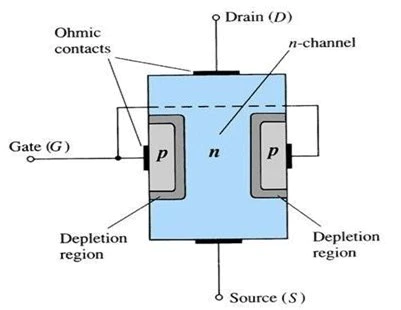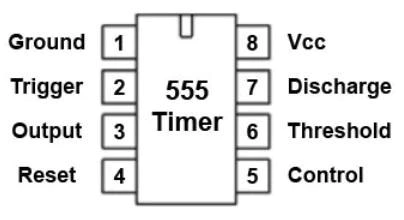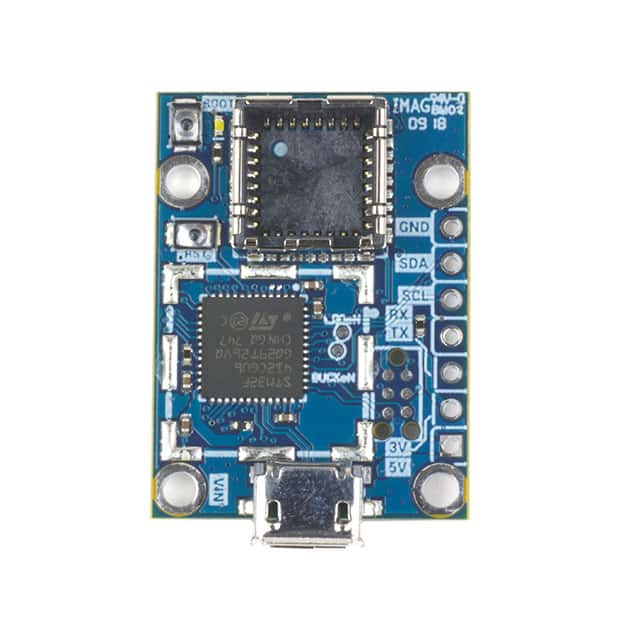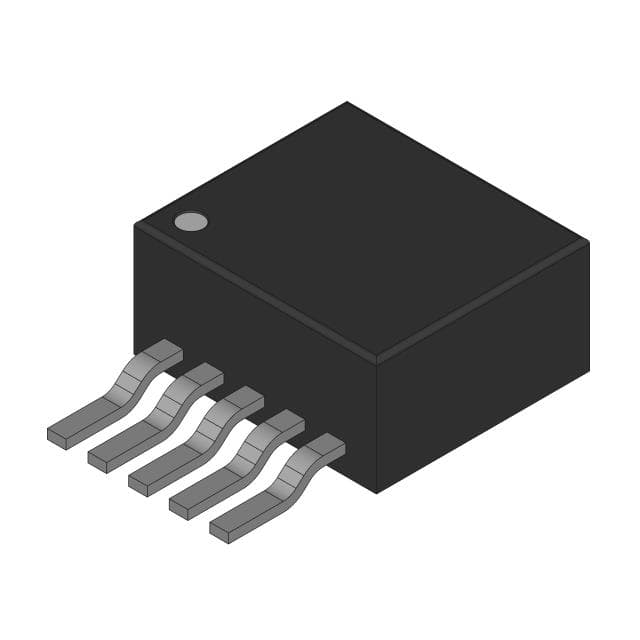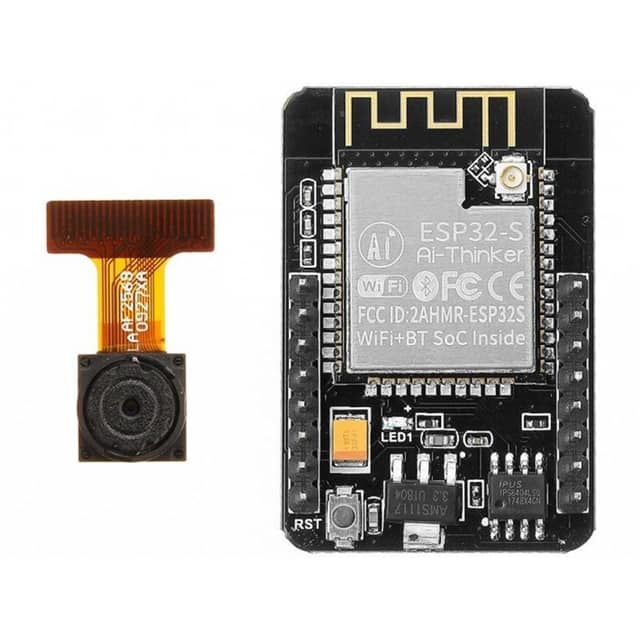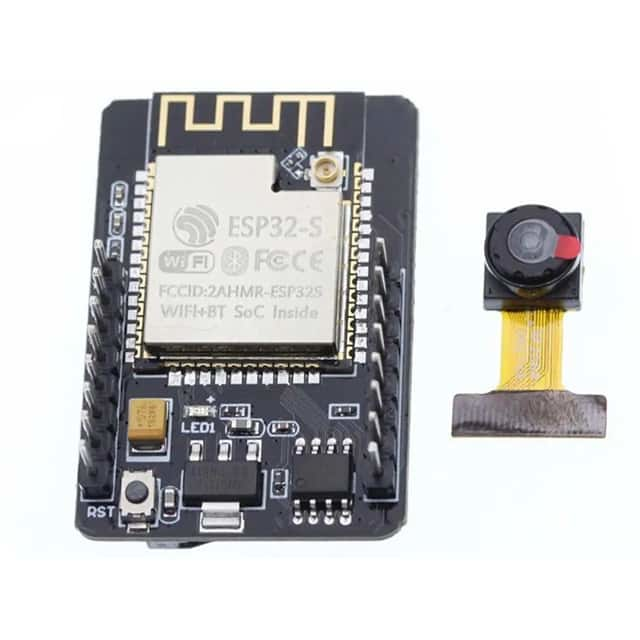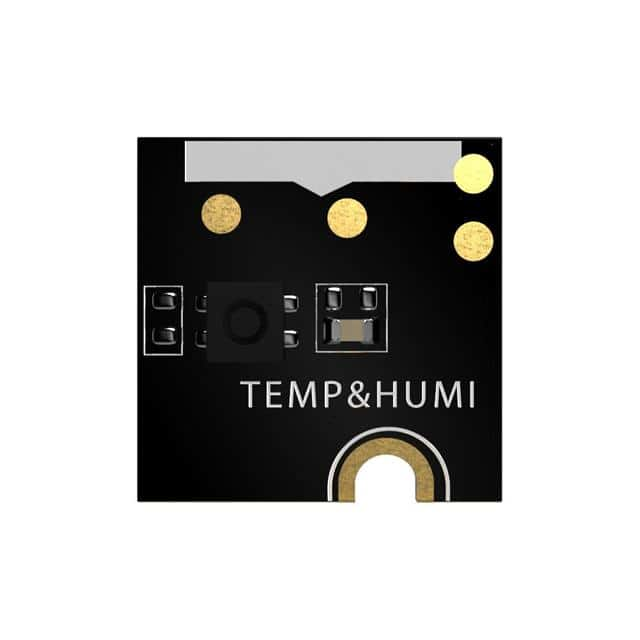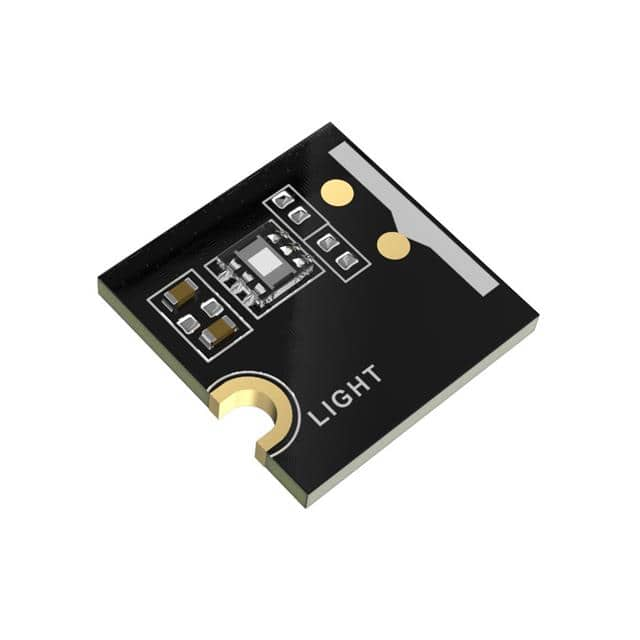Throttle position sensors definition

Throttle position sensors (TPS) are a vital component in the engine management system of modern vehicles. They measure the position of the throttle valve and provide this information to the engine control unit (ECU) which uses it to calculate the correct fuel injection and ignition timing for the engine.
In this guide, we will cover everything you need to know about throttle position sensors, including how they work, common problems, and troubleshooting techniques.
How Throttle Position Sensors Work:
Throttle position sensors work by measuring the angle of the throttle plate or lever and transmitting this data to the ECU. There are two main types of TPS: potentiometer-based and Hall effect-based.
Potentiometer-based TPS: This type of TPS consists of a variable resistor that is connected to the throttle shaft. As the throttle is opened, the resistance across the potentiometer changes, which provides a voltage signal to the ECU. The ECU then uses this signal to determine the position of the throttle and adjust fuel injection accordingly.
Hall effect-based TPS: This type of TPS uses a magnetic field to detect the position of the throttle. A small magnet is mounted on the throttle shaft, and as the shaft rotates, it passes over a Hall effect sensor, which generates a voltage signal. The ECU then uses this signal to determine the position of the throttle and adjust fuel injection accordingly.
Common Problems with Throttle Position Sensors:
There are several issues that can arise with throttle position sensors, including:
- Erratic idle: If the TPS is faulty, the engine may idle erratically or even stall.
- Hesitation during acceleration: A faulty TPS can cause hesitation or jerk during acceleration.
- Poor fuel economy: Incorrect signals from the TPS can lead to poor fuel economy due to improper fuel injection.
- Check Engine Light: A malfunctioning TPS can trigger the check engine light to come on.
Troubleshooting Throttle Position Sensors:
If you suspect that your TPS is faulty, here are some troubleshooting steps you can take:
-
Check the wiring: Make sure all the connections between the TPS and ECU are secure and free of corrosion or damage.
-
Test the voltage output: Use a multimeter to test the voltage output from the TPS. The voltage should increase smoothly as the throttle is opened.
-
Inspect the sensor: Check the sensor for any signs of physical damage or wear. If the sensor is damaged, it will need to be replaced.
-
Clean the throttle body: A dirty throttle body can cause erratic readings from the TPS. Clean the throttle body and see if this improves the TPS signal.
-
Replace the TPS: If all else fails, the TPS may need to be replaced. Be sure to purchase a high-quality replacement part from a reputable supplier.
Types of Throttle Position Sensor
There are two main types of throttle position sensors: potentiometer-based and Hall effect-based.
-
Potentiometer-based TPS: This type of TPS consists of a variable resistor that is connected to the throttle shaft. As the throttle is opened, the resistance across the potentiometer changes, which provides a voltage signal to the ECU. The ECU then uses this signal to determine the position of the throttle and adjust fuel injection accordingly.
-
Hall effect-based TPS: This type of TPS uses a magnetic field to detect the position of the throttle. A small magnet is mounted on the throttle shaft, and as the shaft rotates, it passes over a Hall effect sensor, which generates a voltage signal. The ECU then uses this signal to determine the position of the throttle and adjust fuel injection accordingly.
Both types of TPS work in a similar way, but they use different methods to measure the position of the throttle. Potentiometer-based TPS sensors are more common, while Hall effect-based sensors are typically used in more advanced or performance-oriented applications.
Best practice
When it comes to throttle position sensors, there are a few best practices you can follow:
-
Regular maintenance: The throttle position sensor is a critical component of your engine's fuel management system, and regular maintenance is essential for optimal performance. It's a good idea to check the TPS periodically and clean it if necessary.
-
Proper installation: Ensure that the TPS is installed correctly, with the right orientation and alignment. Improper installation can cause the sensor to malfunction or fail prematurely.
-
Use high-quality parts: When replacing a TPS, use high-quality OEM or aftermarket parts. Cheaper, low-quality parts may not last as long or provide the same level of accuracy.
-
Address any warning signs: If you notice any warning signs of a failing TPS, such as poor engine performance or a check engine light, address the issue promptly. A malfunctioning TPS can cause serious engine damage if left unaddressed.
By following these best practices, you can help ensure that your throttle position sensor operates accurately and reliably, keeping your engine running smoothly.
Best brands for Throttle Position Sensor
There are many good brands for Throttle Position Sensors (TPS), but some of the best ones include:
- AC Delco
- Bosch
- Denso
- Standard Motor Products
- VDO
- Delphi
- Walker Products
- Spectra Premium
- Motorcraft
- Airtex
When choosing a TPS brand, it's important to consider factors such as quality, compatibility with your vehicle make and model, warranty, and customer reviews.

